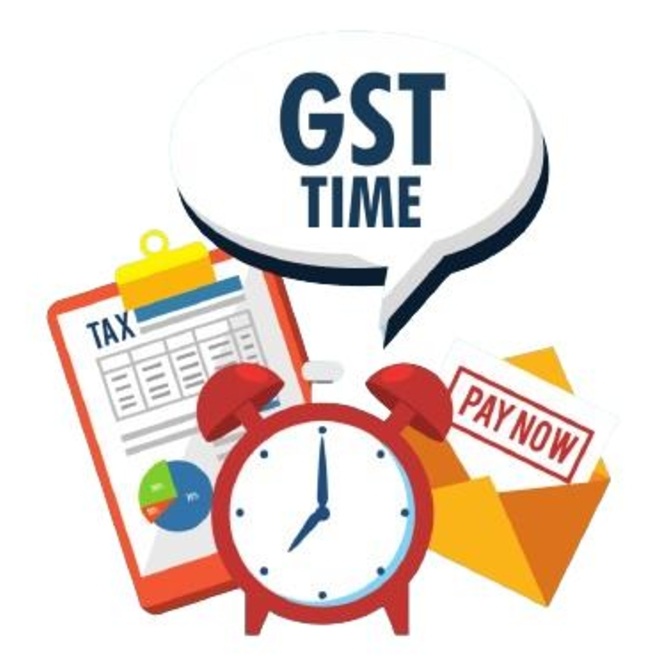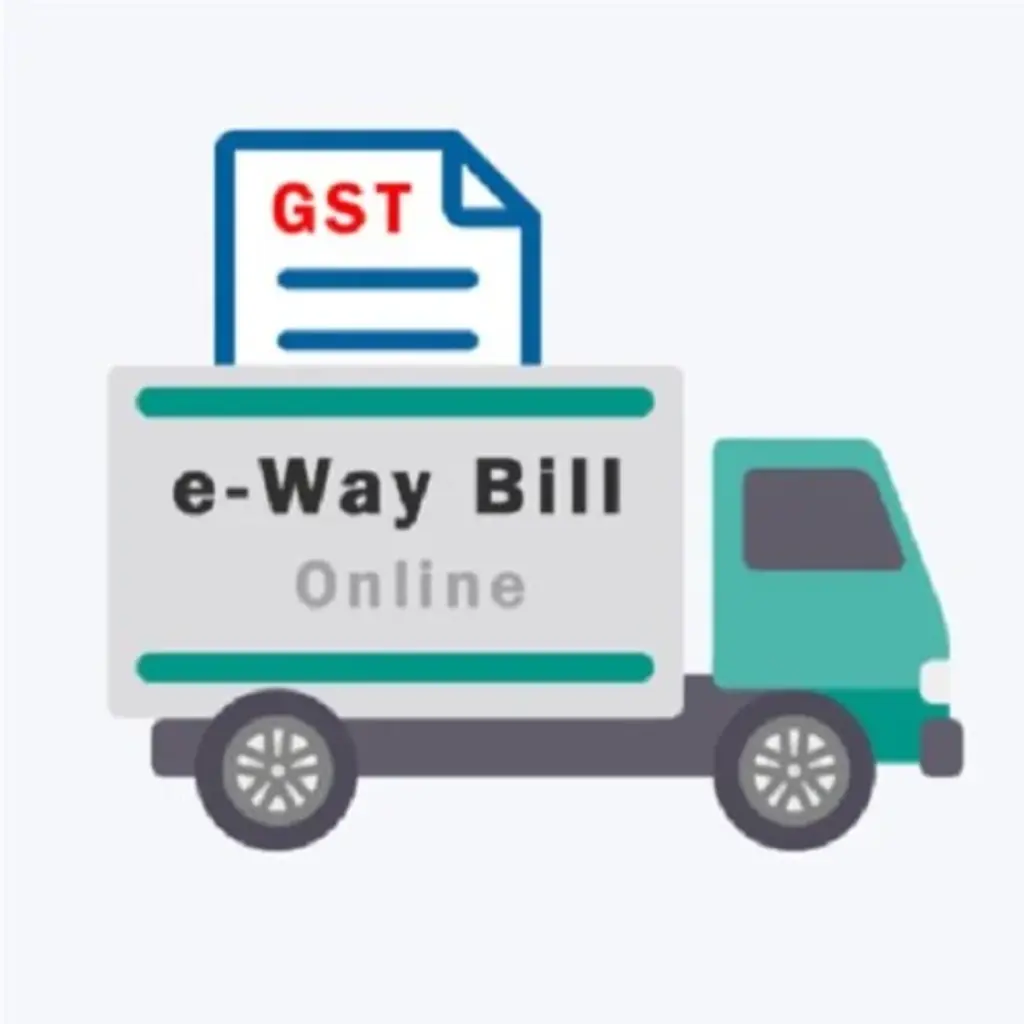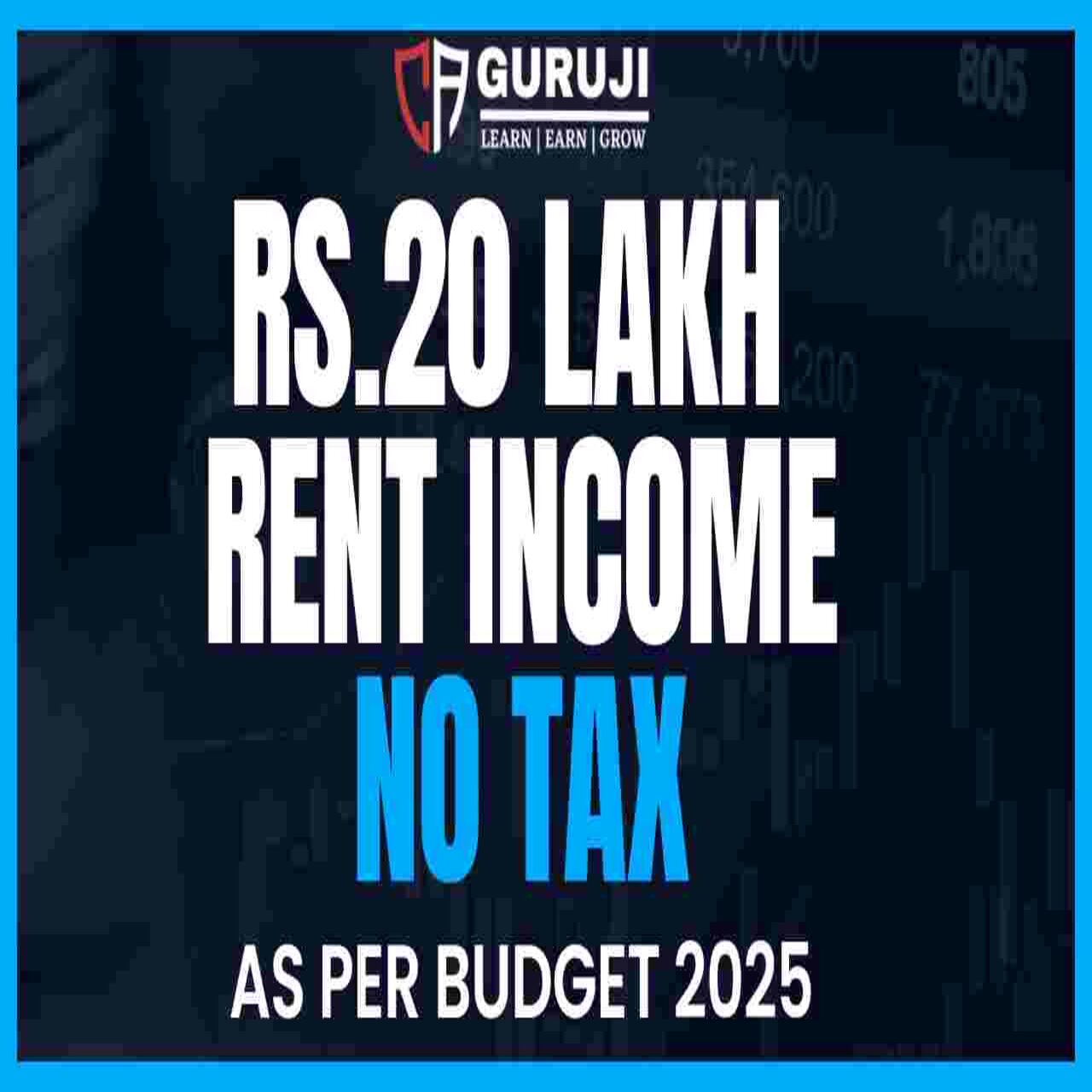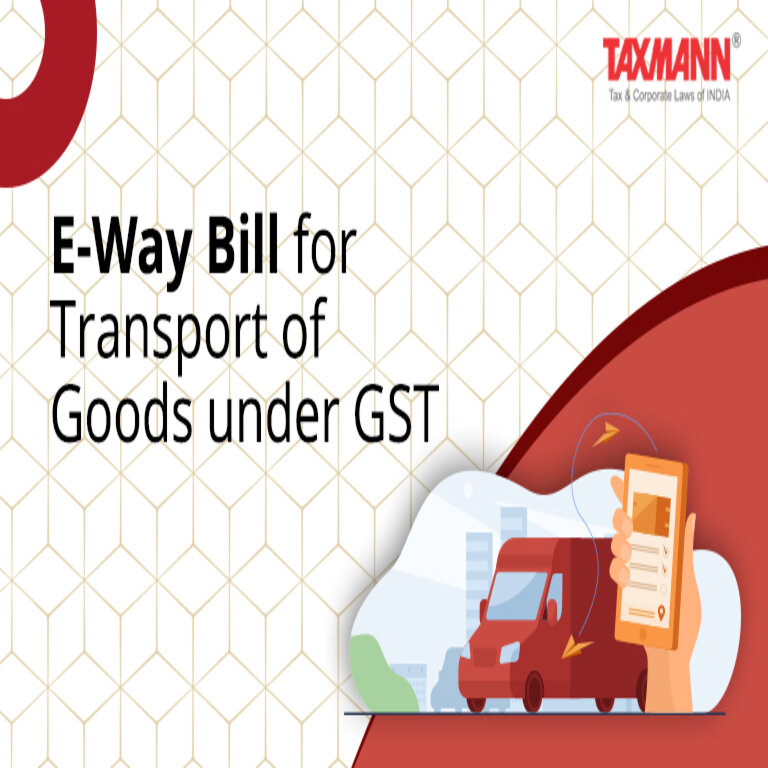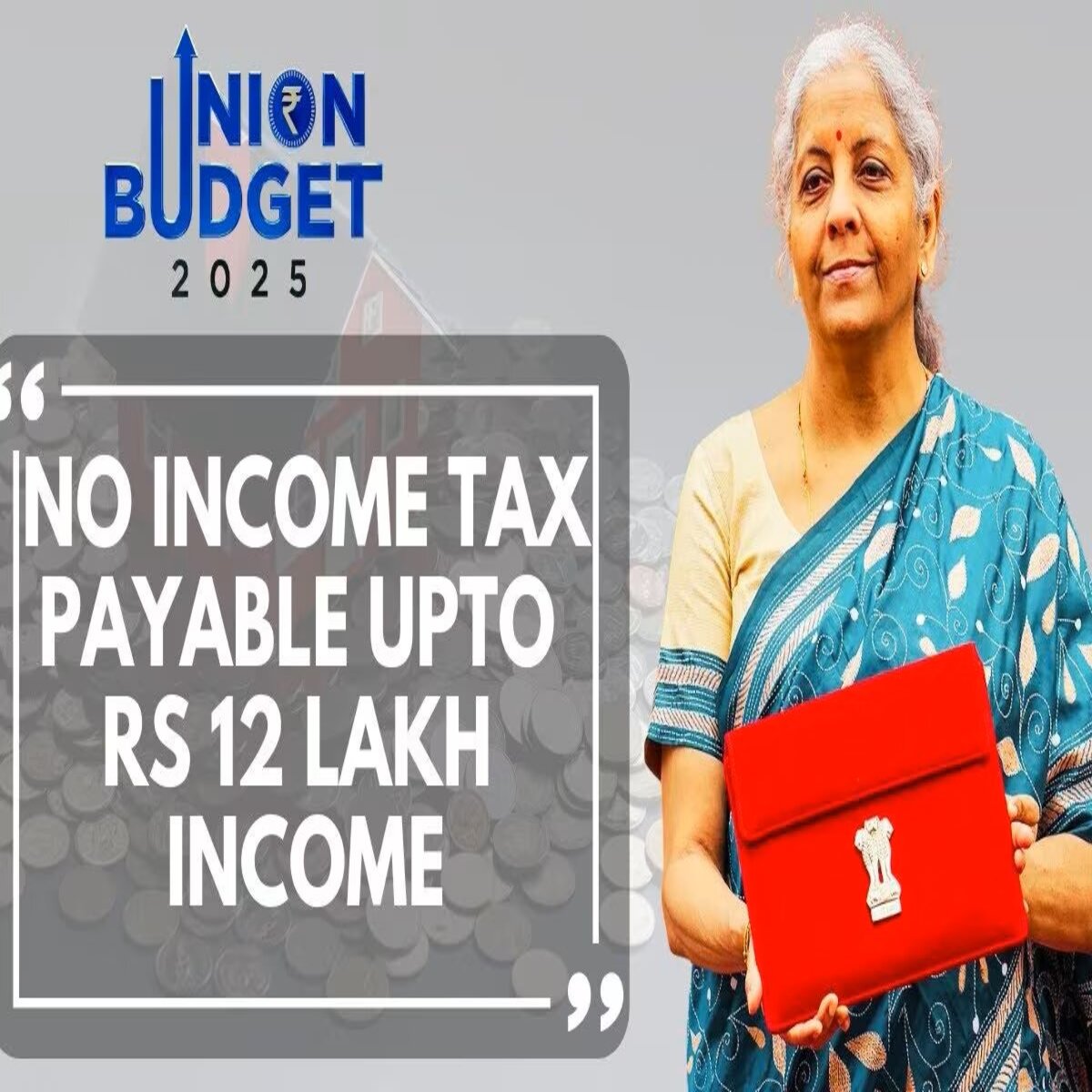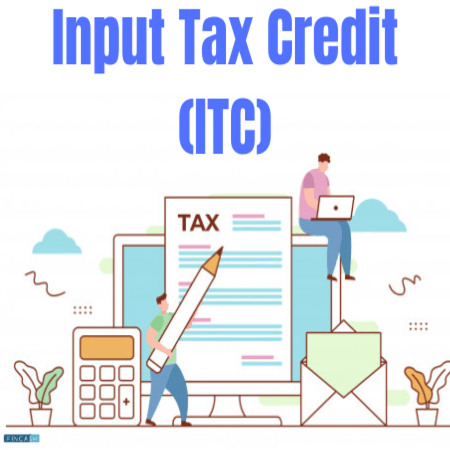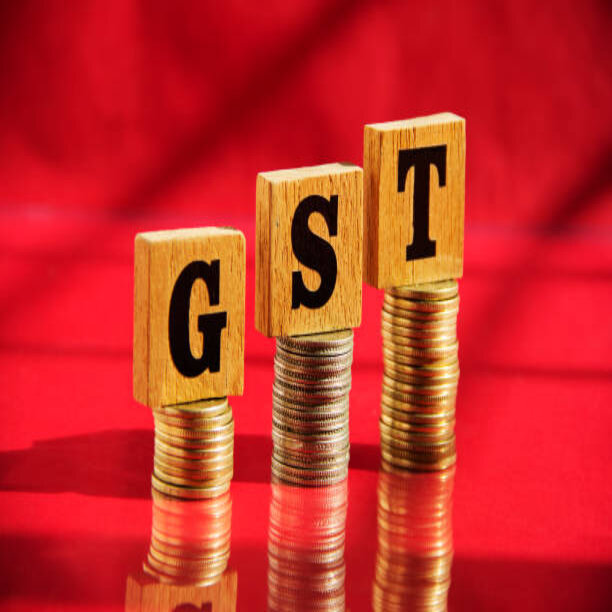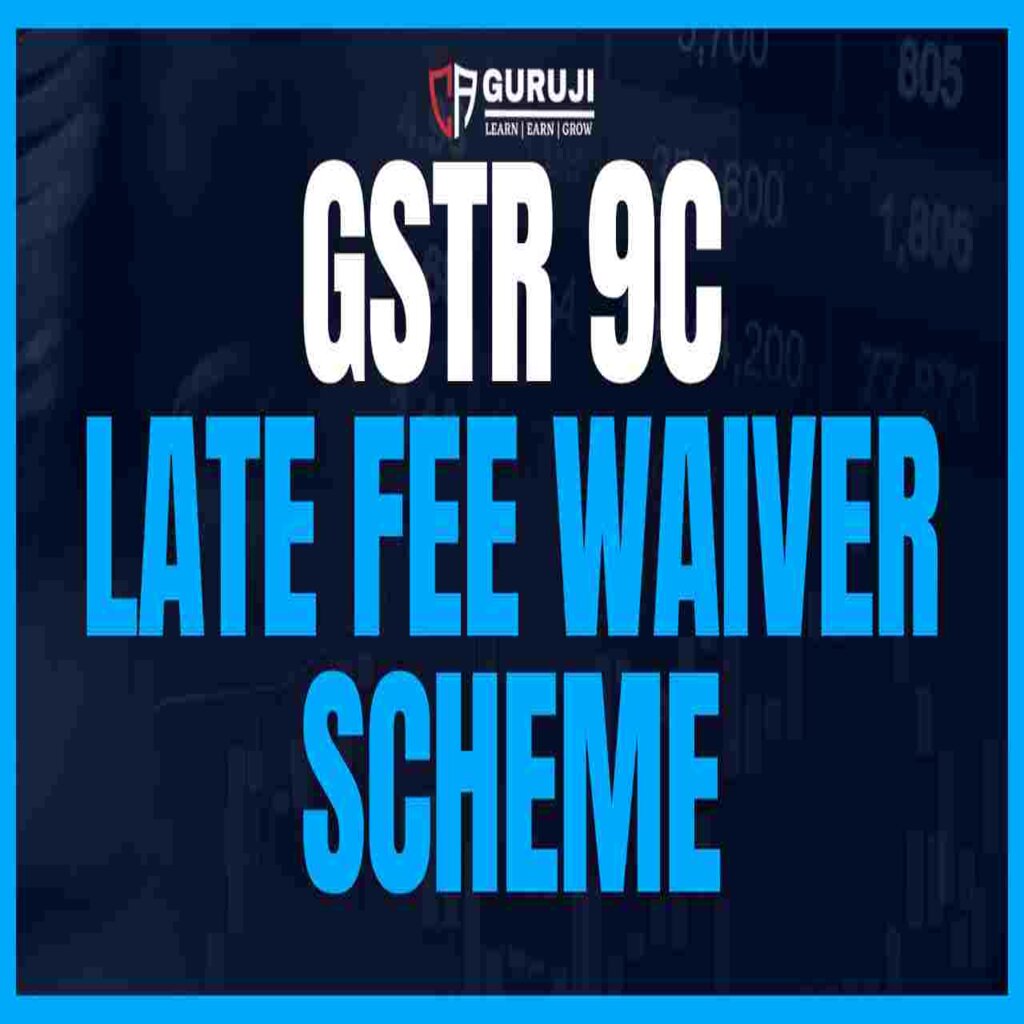Before March 31, 2025, ensure compliance with key GST requirements for FY 2025-26:
As the financial year 2024-25 is going to end and FY 2025-26 is going to begin, businesses must ensure compliance with GST regulations to avoid penalties and optimize tax benefits. Below is a detailed checklist covering important activities, deadlines, and compliance measures for a smooth transition into the new financial year.
Key Year-End Activities and Deadlines
- New Invoice Series: Adopt a unique tax invoice series for FY 2025-26.
- Letter of Undertaking (LUT) Renewal: Apply for LUT in Form GST RFD-11 for tax-free exports before March 31, 2025.
- Composition Scheme Enrollment: File CMP-02 to opt for the Composition Scheme before March 31, 2025.
- ITC-03 for Composition Transition: File ITC-03 by May 30, 2025, if shifting from regular to composition scheme.
- QRMP Scheme Selection: Opt-in or opt-out of Quarterly Return Filing before April 30, 2025.
- Annexure V & VI for GTA Taxpayers: Filing declaration for forward/reverse charge payment in GTA services before March 31, 2025.
- Credit Notes Issuance Deadline: November 30, 2025, is the last date for issuing credit notes for FY 2024-25.
- GST Refund for FY 2022-23: Claim pending refunds before March 31, 2025.
- Tax Audit Clause 44 Preparation: Prepare the break-up of GST-registered & unregistered expenses for Form 3CD.
- GST TDS/TCS Credit Matching: Reconcile GST TDS/TCS credits with books and e-Cash Ledger.
- Reconcile E-Credit Ledger: Match electronic credit ledger balances with books.
- Reconcile Electronic Credit reversal & Reclaimed Statement: Match balances with books.
- Export Proceeds Verification: Ensure FIRC/BRC submission for GST-compliant export transactions.
Input Tax Credit (ITC) Reconciliation and Compliance
- Yearly ITC Reconciliation: Match ITC booked in books with ITC claimed in GSTR-3B and reconcile it with GSTR-2B.
- Ensure Timely Booking of Invoices: Any invoice reflecting in GSTR-2B but not recorded in books should be accounted for.
- Supplier Compliance Check: Follow up with suppliers to ensure timely filing of GSTR-1 & GSTR-3B.
- Ineligible ITC Reversal: Identify and reverse ineligible ITC (blocked credit, ITC on exempt supplies) and pay interest @24% if utilized wrongly.
- Payments Pending Beyond 180 Days: Reverse ITC for unpaid supplier invoices exceeding 180 days and re-claim upon payment.
- Composition Supplier Purchases: Ensure ITC is not claimed on purchases from composition dealers.
- ITC for Exempt Supplies: Recalculate and reverse ITC under Rules 42 & 43.
- Cancelled GSTIN Suppliers: Identify transactions with cancelled GSTIN suppliers and take corrective actions.
- ITC on Reverse Charge Mechanism (RCM): Ensure RCM tax is paid on specified services like director fees, legal fees, rent-a-cab services, etc.
- E-Invoicing Compliance: Ensure suppliers generate IRN for tax invoices if e-invoicing is applicable.
Outward Supply Reconciliation and Reporting
- Turnover Reconciliation: Match turnover in GSTR-1, GSTR-3B, and books of accounts.
- HSN Code and Tax Rate Verification: Ensure correct classification of goods/services and applicable tax rates.
- Debit & Credit Notes Reconciliation: Match adjustments in books with GSTR-1 & GSTR-3B.
- E-Way Bill & E-Invoice Matching: Cross-check invoices with e-way bills and e-invoices for accuracy.
- Export Transactions Verification: Match shipping bills with GSTR-1 for timely refunds.
- Advance Received GST Adjustment: Ensure proper adjustment of GST paid on advances.
- Related Party Transactions: Verify valuation compliance under Section 15 and Rule 28.
- Stock Verification: Perform physical stock audits and match records with books.
Reverse Charge Mechanism (RCM) Compliance
- Identify RCM Liabilities: Ensure GST is paid on transactions like legal fees, GTA services, security services, etc.
- Self-Invoices & Payment Vouchers: Generate required documents for RCM transactions.
- Foreign Expenditure Reconciliation: Match imported service payments with GST filings.
- Ensure Proper ITC Utilization: ITC availed on RCM transactions should not exceed tax paid under RCM.
GST Portal Updates & New Functionalities
- E-Invoicing Enhancements:
- PAN-based search for e-invoice eligibility.
- Hourly auto-population of e-invoices in GSTR-1.
- E-invoice download for past 6 months for both buyers and sellers.
- E-Way Bill & E-Invoice Integration: Seamless generation of E-Way Bills with e-invoices.
- New GST Payment Methods: Introduction of Credit Card, Debit Card & UPI for GST payments.
- Mandatory Bank Account Submission: Failure to update bank details within 30 days may lead to GSTIN suspension.
- Delays in GST Registration Processing: Aadhaar-authenticated applications flagged for risk-based verification will be processed within 30 days.
Adhering to these GST compliance activities for FY 2024-25 will ensure smooth operations and avoid penalties. Businesses should proactively reconcile ITC, validate outward supplies, meet RCM obligations, and adhere to reporting deadlines. Keeping up with GST portal updates and new regulations is crucial for hassle-free compliance. For any complex GST issues, consulting a tax professional is recommended.

